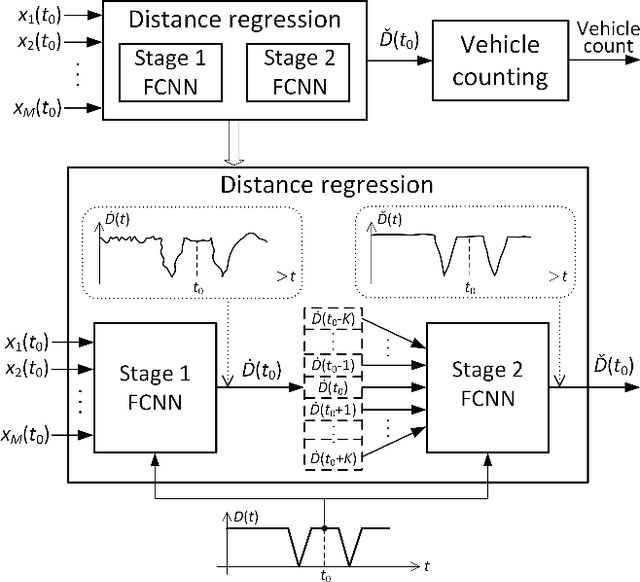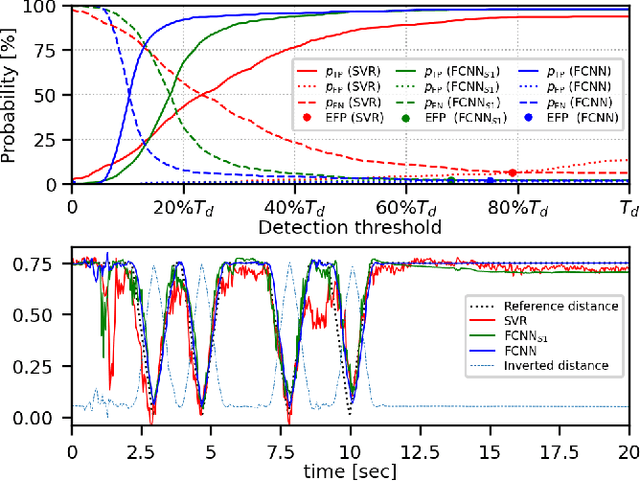Slobodan Djukanović
A dataset for audio-video based vehicle speed estimation
Dec 03, 2022Abstract:Accurate speed estimation of road vehicles is important for several reasons. One is speed limit enforcement, which represents a crucial tool in decreasing traffic accidents and fatalities. Compared with other research areas and domains, the number of available datasets for vehicle speed estimation is still very limited. We present a dataset of on-road audio-video recordings of single vehicles passing by a camera at known speeds, maintained stable by the on-board cruise control. The dataset contains thirteen vehicles, selected to be as diverse as possible in terms of manufacturer, production year, engine type, power and transmission, resulting in a total of $ 400 $ annotated audio-video recordings. The dataset is fully available and intended as a public benchmark to facilitate research in audio-video vehicle speed estimation. In addition to the dataset, we propose a cross-validation strategy which can be used in a machine learning model for vehicle speed estimation. Two approaches to training-validation split of the dataset are proposed.
Robust Audio-Based Vehicle Counting in Low-to-Moderate Traffic Flow
Oct 22, 2020



Abstract:The paper presents a method for audio-based vehicle counting (VC) in low-to-moderate traffic using one-channel sound. We formulate VC as a regression problem, i.e., we predict the distance between a vehicle and the microphone. Minima of the proposed distance function correspond to vehicles passing by the microphone. VC is carried out via local minima detection in the predicted distance. We propose to set the minima detection threshold at a point where the probabilities of false positives and false negatives coincide so they statistically cancel each other in total vehicle number. The method is trained and tested on a traffic-monitoring dataset comprising $422$ short, $20$-second one-channel sound files with a total of $ 1421 $ vehicles passing by the microphone. Relative VC error in a traffic location not used in the training is below $ 2 \%$ within a wide range of detection threshold values. Experimental results show that the regression accuracy in noisy environments is improved by introducing a novel high-frequency power feature.
Neural Network-based Acoustic Vehicle Counting
Oct 22, 2020



Abstract:This paper addresses acoustic vehicle counting using one-channel audio. We predict the pass-by instants of vehicles from local minima of a vehicle-to-microphone distance predicted from audio. The distance is predicted via a two-stage (coarse-fine) regression, both realised using neural networks (NNs). Experiments show that the NN-based distance regression outperforms by far the previously proposed support vector regression. The $ 95\% $ confidence interval for the mean of vehicle counting error is within $[0.28\%, -0.55\%]$. Besides the minima-based counting, we propose a deep learning counting which operates on the predicted distance without detecting local minima. Results also show that removing low frequencies in features improves the counting performance.
 Add to Chrome
Add to Chrome Add to Firefox
Add to Firefox Add to Edge
Add to Edge